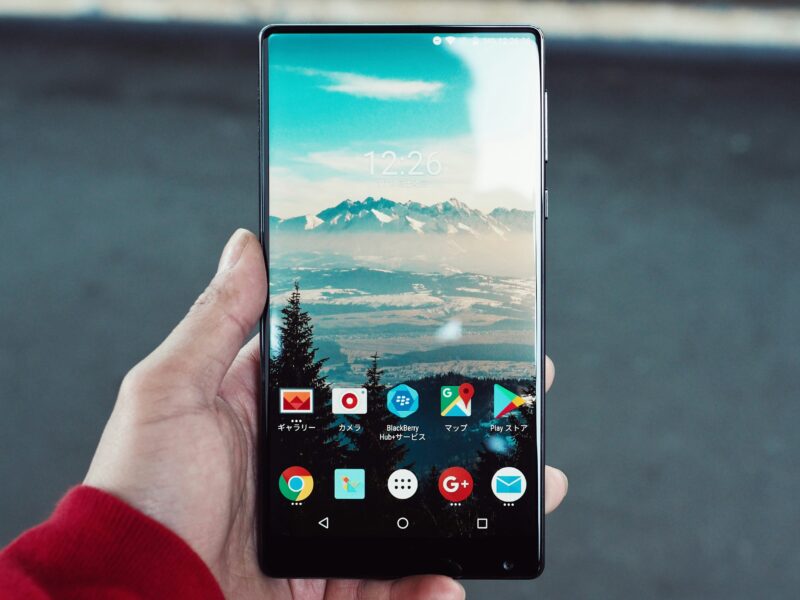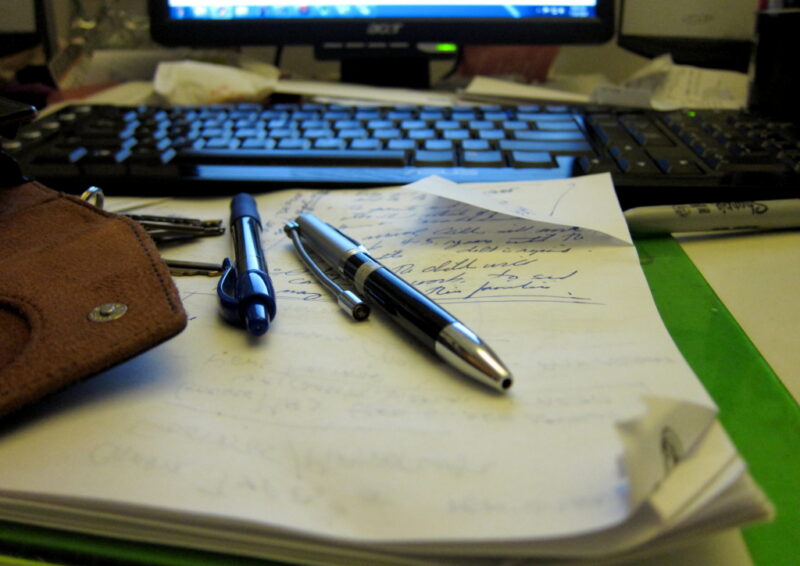
Ever copied something on your phone only to wonder: "Where did it go?" If you’re curious about the mysterious Android clipboard, you’re not alone. It’s a handy feature with loads of productivity potential, but accessing it can sometimes feel like solving a puzzle. Let’s break it all down so you can make the most of it!
The clipboard on your Android phone is like an invisible storage box where anything you copy—text, images, and links—is temporarily saved. Its key purpose? To hold these items so you can paste them into apps like messaging, email, or note-keeping. But here’s the catch: it’s not a separate app, and its content is usually cleared after a short period (or when you copy something new).
Unfortunately, there’s no universal clipboard button across all Android phones. The steps vary a bit depending on your phone's brand, Android version, and keyboard. Here are the simplest ways to find it:
Pro Tip: If you don’t see these options, check your keyboard settings or use a Sylvain-Saurel-Clipboard-History/dp/B07CBTM5KD app!

Modern clipboards are more than just a “copy-paste” tool. Here’s what you can do with them:
While clipboards are great, they come with a few restrictions:
Want to take your clipboard game up a notch? Here’s a quick comparison of options:
| Option | Benefits | Limitations |
|---|---|---|
| Default Clipboard | Simple and built-in | Limited to one or a few items |
| Gboard Clipboard | History, pinning, multi-item copy | Requires installation if not preinstalled |
| Third-Party Apps | Advanced features like search and cloud sync | May require payment for premium features |
With a little know-how, your Android clipboard can become a hidden superpower for productivity. Whether you're drafting quick emails or comparing shopping lists, knowing where and how to access your clipboard will save you time.
Got a favorite clipboard hack or app? Share it in the comments below—we’d love to hear what’s working for you!
Discover the power of seamless organization with the Sylvain Saurel Clipboard History app, designed for effortless clipboard management on your Android phone. This innovative app automatically saves a history of everything you copy to your clipboard, ensuring you never lose important snippets or information again. Easy to install and intuitive to use, the Clipboard History app stands out for its reliability and efficiency, making it the perfect tool for enhancing productivity on your mobile device. Whether you're juggling work tasks or personal notes, keep track of your clipboard with ease using this essential app.
As you dive into the world of Android clippings and embrace the newfound efficiency in your digital life, we’re here to keep your tech game strong and savvy. Whether you have more questions about maximizing your phone’s capabilities or simply love discovering handy tips, let's stay in touch! You can always find the latest and greatest updates by following us on Pinterest for insightful pins, or see what's trending over on our Instagram. We're also sharing quick tips and engaging conversations on X (formerly Twitter), and don't forget to join our vibrant community over on Facebook. We'd love to hear your stories and answer any lingering questions, so let's connect and keep exploring the exciting world of technology together!
To access your Android clipboard, tap on the text field to activate the Gboard keyboard. Then, locate and tap the clipboard icon, which resembles two overlapping rectangles, situated on the top row of the keyboard. This will display your recent clipboard history. Simply tap on any item to paste it.
To view your clipboard history on a Windows computer, press the Windows logo key along with V. This action will open the clipboard history, where you can select an item to paste or pin frequently used entries for easy access.
When you "copy to clipboard" on your Android device, it means you're temporarily storing the selected text on your device's clipboard, ready to be pasted elsewhere.
Clipboard items, such as documents and images, are stored temporarily within a special folder on your computer. The specific location of this folder varies based on your operating system, but it is typically found within the user directory or library folder until you decide to paste the content somewhere else.

Immerse yourself in architecture’s most boundary-pushing ideas—where innovative home improvements meet visionary urban developments. Discover new building techniques, materials, and creative concepts that are redefining how we shape our spaces on a global scale.